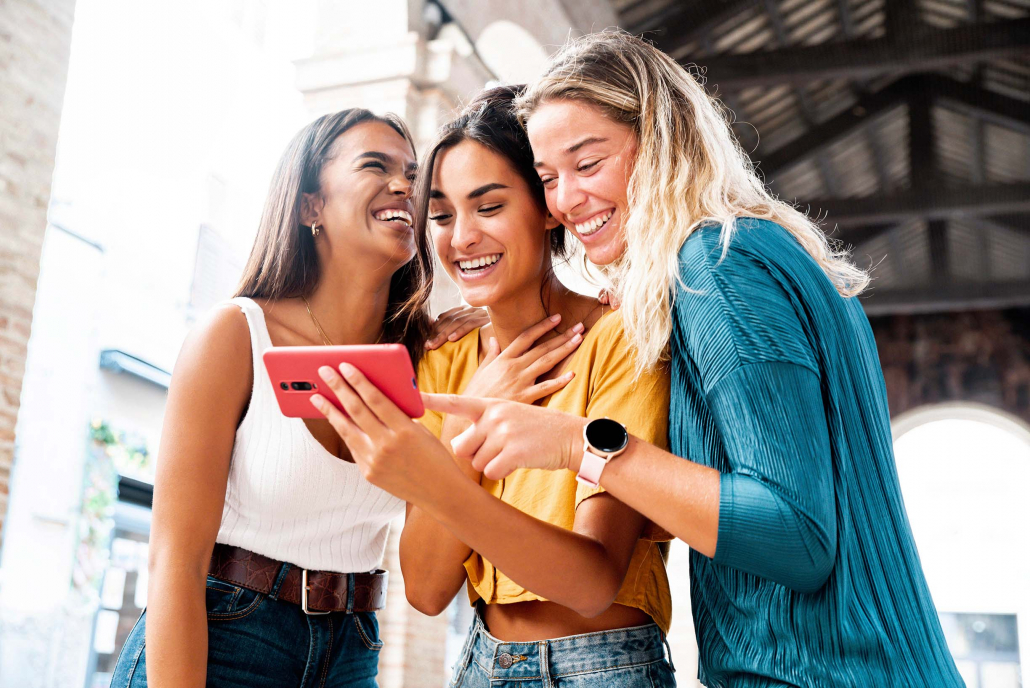After a relaxing and celebratory holiday break, the Rosewood team are back and busy at our desks in our various offices today, and 2023 is proving to be as exciting as its predecessor. We’re excited for all the amazing projects this new year is bringing and anxious to get started, but first, we’re taking an opportunity to review and reflect on the incredible year and successes the Rosewood team and our clients have shared in 2022.
Rosewood Grew in Team Members and in Service Offerings
Overall, 2022 proved a productive and fruitful year for us and our clients. Rosewood saw growth in all divisions of our company and reached some fantastic milestones. We grew to over 120 active clients and white-labeled for 5 other agencies. We also started a new nonprofit fundraising platform in collaboration with Graf-Martin Communications. Our Canada-wide team even met up this Fall and spent some quality time together for a photoshoot and day of fun.
Rosewood Rebranded to Serve Our Clients Better
Rosewood saw some exciting changes and developments alongside our growth in 2022. In November we celebrated our seventh anniversary. It’s astonishing how much Rosewood has grown and changed over the years. To match our development, in August of this past year we launched our rebrand with Rosewood 2.0. Our loyal peacock departed for a new logo look and feel. To match the growth of our services over those years, we also took the opportunity to clarify our company core values, mission and vision. Along with that new look, we implemented a new target audience and social media strategy. We’re still growing and changing and will soon be launching a whole new website that better reflects Rosewood’s path forward.
Rosewood Welcomed a New Account Coordinator
2022 was certainly a year of news for Rosewood. To better organize our wide swath of projects, we implemented a new project management system through Monday.com. That was spearheaded by another new at Rosewood. We brought on our newest team member Paige as an Account Coordinator to our clients and to support Rosewood internally. Paige has been an incredible addition to our team. Her passion and enthusiasm are contagious, and her penchant for planning has been vital for customizing Monday.com’s setup for each division and their specific needs to ensure the utmost streamlining for everyone.
Speaking of our divisions, they also have plenty to boast about for their 2022s.
Here are just a select few of their wins from 2022:
Websites:
- Designed and launched more than 25 new websites
- Completed over 640 updates and requests
- 18 new clients signed on for maintenance for regular updates, optimal functionality, and high-quality content from our expert web team
- Developed a new fundraising platform for nonprofits in collaboration with Graf-Martin Communications
Ads:
- Our advertising team produced a nearly 20x return on advertising spend (ROAS) which also produced a customer acquisition of up to 6x for some of our clients
- Ads team was able to generate over 7,300 visits to just one of our client’s websites
- One client’s ads reached nearly 71,000 people, and another was seen a staggering 312,646 times
Digital Media:
- Created and published well over 1100 posts
- Numerous new clients signed up for our social media services to improve their business’ discoverability, reach, and authenticity
- Successfully increased clients’ reach through social media to develop high-profile partnerships, including two from the ground up
Catch the Ace:
- Helped nonprofits raise over $500,000 to support community programs
Misc.:
- We successfully put our heads together to solve an escape room during our team building day
- Our Director of Digital Media, Georgie, became a proud mother to the first Rosewood Baby (and she’s adorable)
It proved to be an eventful and accomplished year, but we’re even more eager to continue our work and growth into 2023. We have some new services that we’re excited to announce soon. Keep an eye on our social channels for updates. For now, we hope you all are also having a good start to the new year. Thank you all for being a part of this past year, and we’re looking forward to sharing in success this year.





